Are you ready to take on a new challenge and dive into the world of triathlon? The first step to becoming a triathlete is buying your entry-level triathlon bike! This type of bike is specifically designed to help you tackle the triathlon’s swim, bike, and run portions. But where do you start in your search for the perfect bike?
In this blog, I’ll provide helpful tips and information on what to look for when purchasing an entry-level triathlon bike and some of our top picks for beginners. So, whether you’re a seasoned cyclist or new to the sport, keep reading to learn more about how to make this important investment in your triathlon journey!
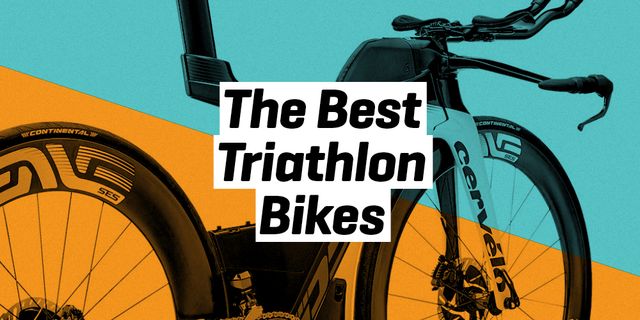
14 Tips to Buy An Entry Level Triathlon Bike
When buying an entry-level triathlon bike, there are a few things you need to keep in mind. Here are 14 tips to help guide you in your decision.
First and foremost, it’s important to determine your budget. Triathlon bikes can range drastically in price, so knowing what you’re willing to spend ahead of time can help narrow your options.
Next, research different brands and models to find one that suits your needs. Consider factors such as frame material, overall weight, and aerodynamics.
Once you’ve found some potential bikes, choose the right size for your body type. This can greatly impact your comfort and performance on race day.
Also, consider the terrain you’ll be riding on and look for a bike with a good frame and fork to handle it. Checking gears, brakes, wheels, tires, handlebars, stems, pedals, and shoes is also crucial for optimal performance.
Weight and aerodynamics are other important factors to consider, as well as any additional features or accessories that come with the bike.
Don’t forget to check out the used bike market, which offers great deals on high-quality bikes. And lastest-ride sure to test ride multiple bikes before making a final decision.
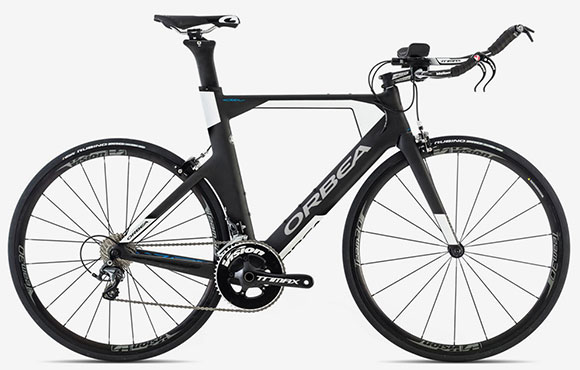
1. Determine your budget
As someone looking to buy their first entry-level triathlon bike, one of the most important factors to consider is your budget. Getting caught up in all of the bells and whistles of a high-end bike can be easy, but it’s important to remember that a quality starter triathlon bike can be purchased for $1,500 to $2,000.
By determining your budget beforehand, you can ensure that you are not overspending or settling for a bike that doesn’t meet your needs. Once you clearly understand your budget, you can begin researching different brands and models to find the best bike for you. Remember, a higher price tag does not always equal ke, so be sure to carefully evaluate all options within your price range.
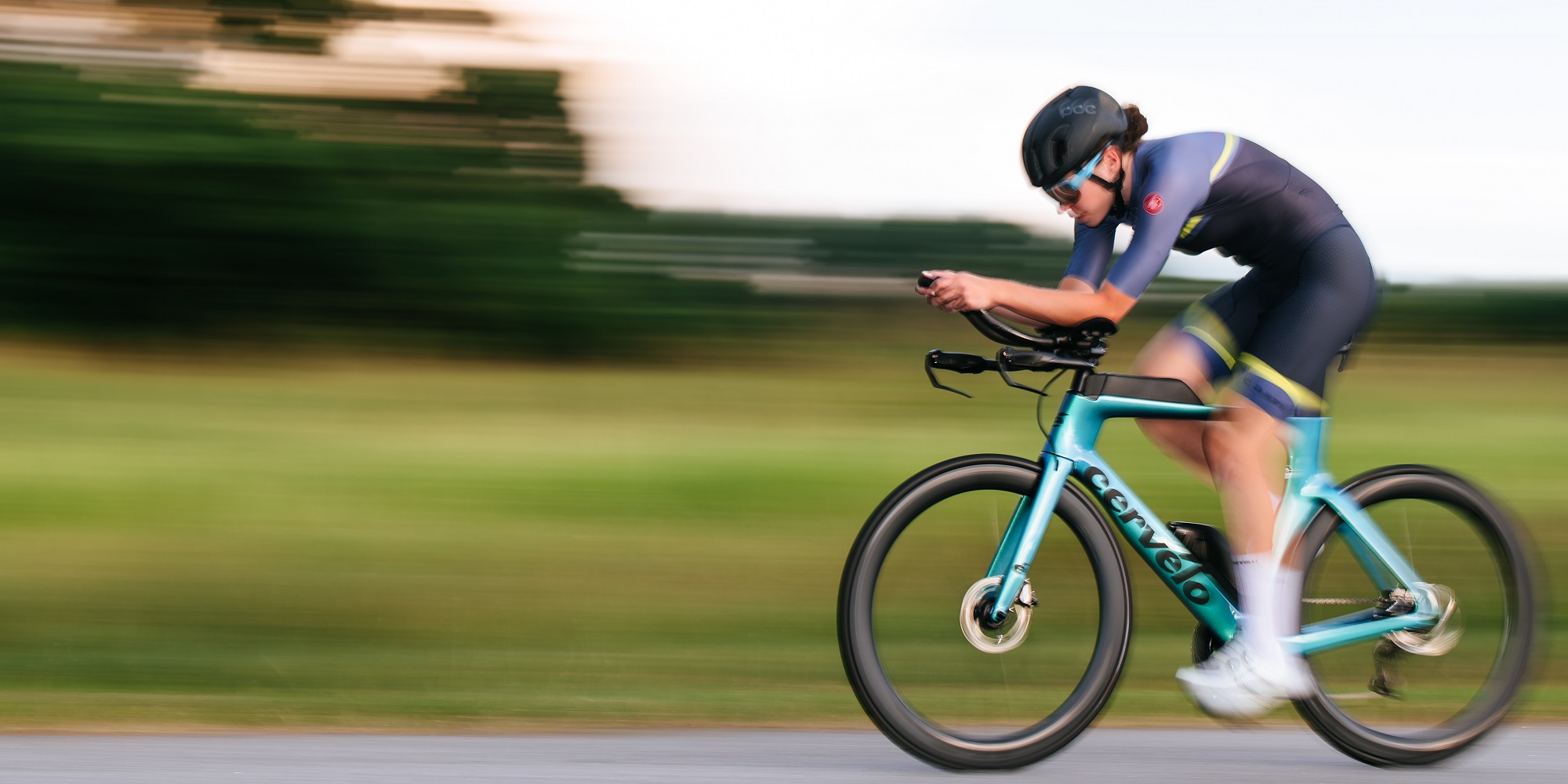
2. Research different brands and models
As I continue searching for the perfect entry-level triathlon bike, I find researching different brands and models crucial. It can be overwhelming at first, but with a little research and patience, it’s possible to find a suitable bike that fits your needs and budget.
When researching, I recommend considering the bike’s durability, weight, aerodynamics, and adjustability. It’s also important to check online reviews and forums for other athletes’ recommendations. With the right research, you can narrow your choices and find the perfect triathlon bike that will enable you to excel in your pursuits.

3. Choose the right size bike for you
Choosing the right size bike is an actor to consistently-leveling an entry-level triathlon bike. A bike that is too small or too big for you can negatively affect your riding experience and even lead to injury. To determine your size, you can start by measuring your inseam and using a size chart to find the appropriate frame size.
It’s also important to consider other factors, such as your reach, flexibility, and riding style. It’s always recommended to test-ride multiple bikes to find the perfect fit for you. Remember, a properly fitting bike will enhance your performance and increase your comfort and enjoyment while riding.
4. Consider the type of terrain you’ll be riding on
When buying an entry-level triathlon bike, consider the type of terrain you’ll be riding on. Are you planning to ride mostly on flat roads or hilly terrain? Will you be riding on paved roads or off-road trails? These factors will affect the type of bike you should choose.
A bike with a more aerodynamic design might be a good choice if you are riding mostly flat roads. However, if you are riding on hilly terrain, you’ll want to look for a bike with a larger gear range to help tackle those climbs.
Additionally, if you plan to ride off-road trails, you’ll want to consider a hybrid or mountain bike with wider tires and a suspension system to absorb bumps and shocks.
Consider your specific terrain, and choose a bike that can handle those conditions to ensure a comfortable and safe ride.
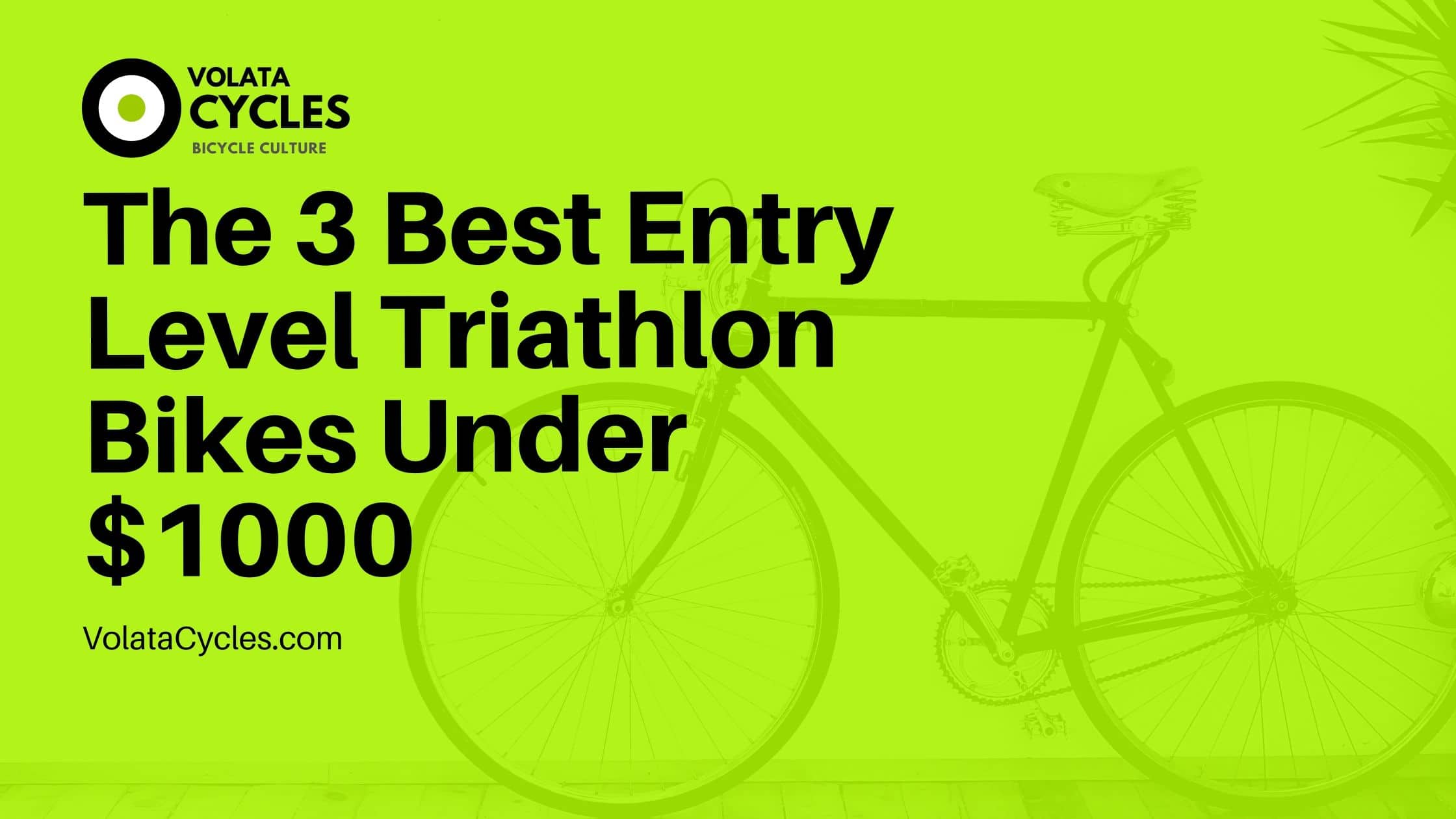
5. Look for a bike with a good frame and fork
When buying an entry-level triathlon bike, finding one with a good frame and fork is crucial. That’s because the backboneckbone of the bike, holding everything in place, and the fork impact the bike’s handling and overall ride quality. Look for a bike with a frame made from aluminum or carbon fiber, both lightweight and durable.
Carbon fiber is more expensive but offers superior vibration damping, which can help reduce fatigue on long rides. As for the fork, look for one made from carbon fiber or high-end aluminum. Both materials offer good performance, but lighter carbon fiber provides better vibration damping than aluminum.
Remember that a good frame and fork can also improve aerodynamics, making cutting through the wind easier and faster. So, if you want to perform your best in a triathlon, prioritize finding a bike with a solid frame and fork.

6. Check the gears and brakes
When buying an entry-level triathlon bike, it’s important to ensure that the gears and brakes are in good working condition. The Shimano 105 and the Shimano Ultegra mechanical gears are commonly installed in beginner triathlon bikes, and it’s important to confirm that they are functional before making a purchase.
As for the brakes, ensure they are reliable and easy to use, especially when transitioning from high speeds to slow ones. A good braking system will help you avoid accidents during training and triathlon events. Checking the gears and brakes might seem obvious, but it’s one of the most critical steps in buying a beginner triathlon bike to do your training and racing more enjoyable and safe.
7. Look for a bike with good whee
When it comes to choosing the right triathlon bike, it’s important to pay close attention to the quality of the wheels and tires. These components significantly determine your overall cycling performance, and investing in good-quality ones can make all the difference.
Look for lightweight, aerodynamic wheels, but also durable enough to withstand the rigors of training and racing. High-quality tires with good grip are necessary for maintaining controlminimizingrns and minimizing the risk of slipping.
In addition, make sure the tires are the appropriate size for the bike, and consider investing in puncture-resistant options for added peace of mind. Remember that the quality of your wheels and tires ultimately affects your overall triathlon performance, so it’s worth investing in the best ones you can afford.

8. Check the handlebars and stem
When buying an entry-level triathlon bike, paying attention to the handlebars and stem is important. These components play a crucial role in comfort and efficiency during your ride. Ensure the handlebars have the right width for your site and multiple hand positions for comfort.
The stem height should also be adjustable to ensure the right fit for your body. Depending on your comfort and riding style, you should also consider if you want flat or drop handlebars. Overall, the handlebars and stem are vital components to a successful triathlon ride, so invest time and consideration when choosing your bike.

9. Look for a bike with good pedals and shoes
As a virtual assistant, I may not be able to ride a bike, but I know the importance of good pedals and shoes. Having the right pedals and shoes for triathlon bikes can significantly impact your performance. Look for pedals compatible with your cycling shoes and have a secure attachment mechanism.
As for shoes, a comfortable fit is crucial, and opting for a pair that can transition from swimming to cycling can save you valuable seconds during a race. Shoes with a stiff sole can also improve power transfer and efficiency on the bike, so be sure to test different options and find the pair that works best for you. Remember, triathlon is a sport of precision and attention to detail, so every element of your bike counts towards your overall performance.

10. Consider the weight of the bike
When choosing an entry-level triathlon bike, one factor that should be considered is the bike’s weight. A lighter bike can significantly affect your overall speed and performance during a triathlon. While bike weight may not be the most important factor for beginners, it’s important to consider it as you progress and aim to improve your performance.
In addition to weight, it’s also important to consider the overall geometry and design of the bike, as well as the quality of the components such as the brakes, wheels, and gears. The balance between weight and functionality, as a bike that is too light, may sacrifice important features and durability.
When searching for an entry-level triathlon bike, it’s important to research and test-ride multiple bikes to find one that fits your budget and meets your specific needs and goals. Finding the right bike can make a significant difference in your overall performance and enjoyment of the sport.

11. Look for a bike with good aerodynamics
In addition to all the other factors to consider-leveling an entry-level triathlon bike, it’s important to also look for one with good aerodynamics. This means the bike has been designed to minimize wind resistance and increase your speed. Features that can contribute to good aerodynamics include a low riding position, aero handlebars, and a frame with a more pronounced seat tube angle.
When shopping for a triathlon bike, it’s important to remember that a bike with good aerodynamics doesn’t necessarily have to be more expensive than a comparable road bike. By choosing a bike with you can, you can maximize your speed and performance during your triathlon races.

12. Check for any additional features or accessories
When buying an entry-level triathlon bike, don’t forget to check for additional features or accessories that can enhance your performance and overall experiencea bike that comes with a hydration system, such as bottle cages or integrated water bottles, to keep you hydrated throughout your race.
Accessories like a bike computer or heart rate monitor can provide valuable data on your training and performance. Consider a bike with a comfortable saddle, as you’ll spend much time on it during longer races. Other extras like a bike rack, storage bags, or a bike stand can make transportation and maintenance easier.
These extra features may cost additional, so consider your budget carefully. Don’t forget to test-ride your potential bike with these accessories to ensure they contribute positively to your overall experience. When it comes to triathlons, every little advantage counts and these extra features and accessories can help you reach your full potential.

13. Consider buying a used bike
As a beginner triathlete, buying a used bike may be a wise choice, especially if you want to save money. However, there are some things to consider. Inspect the frame for any cracks or damages when looking for a used bike.
It’s also important to ensure the frame fits you properly, as a poorly fitting bike could lead to discomfort or even injury. It’s also essential to check the gears and brakes, as they may need maintenance or replacement.
Test-ride multiple bikes to find the one that best suits your needs. Although buying a used bike may require additional effort, it could ultimately be a rewarding and cost-effective decision for beginners.
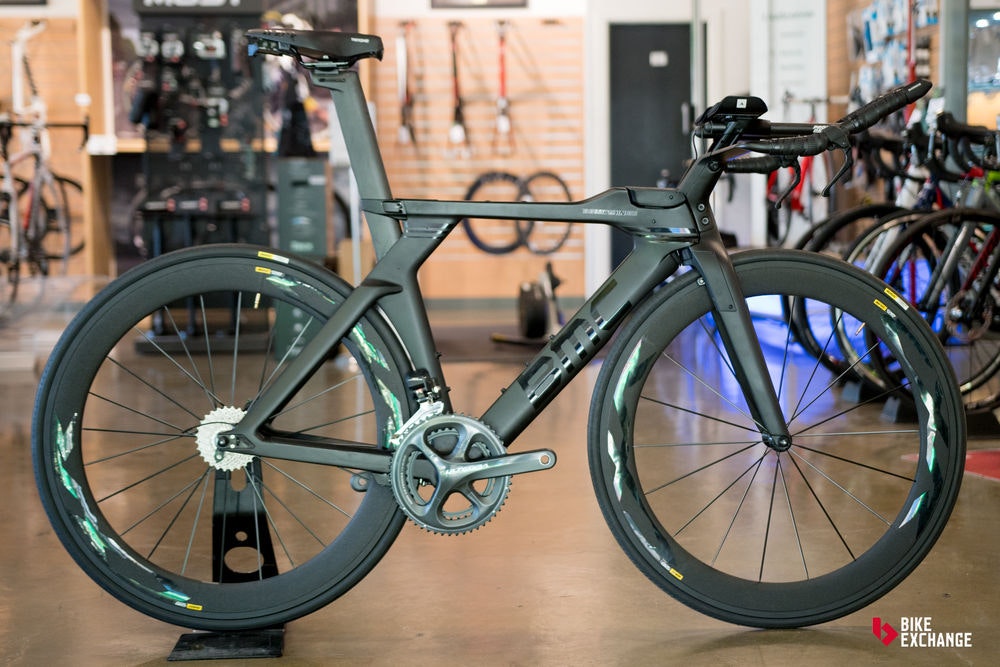
14. Test ride multiple bikes before making a decision.
In my experience, the most important entry-leveling entry-level triathlon bike is to test-ride multiple bikes before making a decision. Even if a bike meets all your criteria on paper, you know if it’s the right fit until you pedal it.
Take each bike out for at least 15-20 minutes on various terrain (if possible) to get a real sense of how it handles. Please pay attention to how the bike feels beneath you, how easy it is to shift gears and brakes, and how aerodynamic it is when you’re in the drops. If a bike doesn’t feel comfortable or efficient, keep looking. Finding the perfect entry-level triathlon bike for you may take some time, but it will be the worst entry-level end.